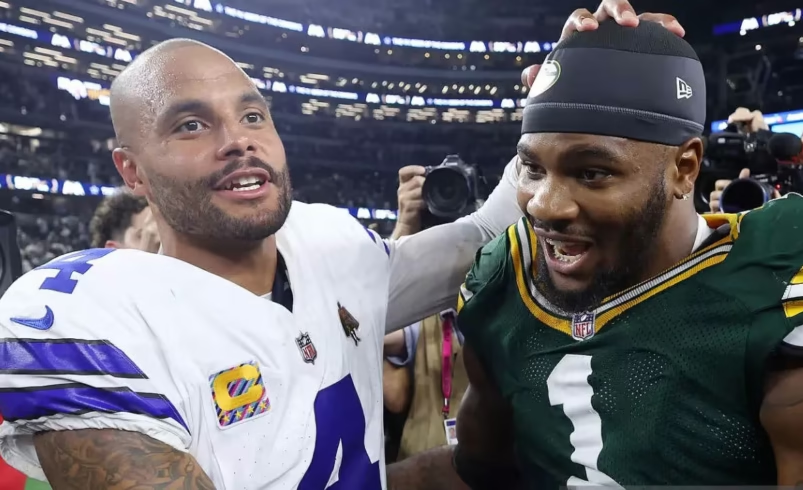Cowboys-Packers 40-40 tie sparks focus on NFL 2025 overtime rules
- October 3, 2025
- 0

A dramatic 40-40 finish between the Dallas Cowboys and Green Bay Packers has drawn attention to the NFL’s updated overtime format for the 2025 season. The rare result, sealed by a walk-off field goal, marked the first tie of the season and only the fifth such outcome in the past decade. The unusual ending has reignited debate over how the league’s rules shape late-game strategy and competitive balance.
Ties are uncommon in professional football, making this matchup stand out even more given its high-scoring nature. Both teams traded touchdowns throughout regulation before heading into an extended period that ended without a decisive winner. While fans are accustomed to seeing games resolved by sudden-death moments, this contest underscored how even explosive offenses can be contained by rule limitations in overtime scenarios.
The NFL’s revised overtime structure was designed to give both teams a fair opportunity with possession, regardless of who wins the coin toss. Under these guidelines, each side is guaranteed at least one offensive drive unless a defensive score occurs first. If both teams remain tied after their initial possessions, play continues until time expires or another scoring sequence ends the game. This framework aims to reduce complaints about one-sided advantages but also increases the likelihood of ties when neither team can pull ahead decisively.
Coaches and players must now weigh risk differently under these conditions. Decisions on whether to attempt aggressive fourth-down conversions or settle for field goals carry added weight when both teams are assured chances with the ball. In this case, both Dallas and Green Bay capitalized on opportunities but ultimately could not separate themselves before time ran out. The result illustrates how evenly matched contests may be more likely to end without a winner under the current system.
Though ties have always been part of football’s rulebook, their rarity makes them memorable events for fans and analysts alike. Over the last ten years, only a handful of games have concluded this way, often sparking renewed conversations about whether adjustments should be made to avoid inconclusive outcomes altogether. The Cowboys-Packers game now joins that short list as another example of how modern rules can produce unexpected results even in high-profile matchups.
Supporters of both franchises expressed mixed feelings following the game—some appreciating the drama of a back-and-forth battle, others frustrated by an unresolved conclusion after four quarters and extra time. Within league circles, such outcomes often prompt further evaluation of whether current regulations strike the right balance between fairness and finality. While no immediate changes have been announced, each tie adds fuel to ongoing debates about potential refinements in future seasons.
The Cowboys-Packers stalemate serves as a vivid reminder that even with updated rules intended to ensure fairness, ties remain part of professional football’s landscape. As rare as they are, these results highlight both the excitement and complexity that come with balancing competitive equity against fans’ desire for definitive outcomes on game day.